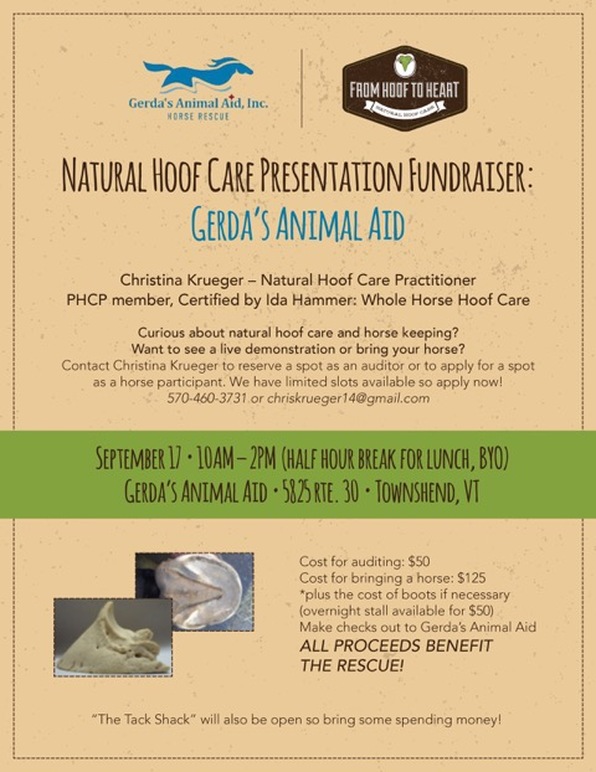In my experience, it is not the wetness itself that causes these problems. It's like saying cold weather gives people the flu. If your immune system is weak for some reason (age, improper diet, immune system disorder, etc) then the cold weather alone cannot be blamed for the illness. Many horses and donkeys I trim that have access to too much pasture time have been skirting by season after season with only small blips in soundness but their feet tell a different story. Stretched white lines, thrushy frogs and on and off tenderness have told me long before they have their first bout of laminitis or white line disease that something is not right.
Once the white line is stretched either for metabolic reasons, sudden onset of disease (potomac horse fever, lyme disease, etc.), reaction to vaccination, or leverage of an overgrown hoof wall, the laminae in that area are weakened. This makes them softer and when you add the moisture from the ground whether it's mud, dew, standing water or some other source, you are creating a haven for bacteria and fungus. Also, once that area is softer, hard objects can work their way up much easier and make an even better hiding place because now it's dark, warm AND wet. So the moisture itself was a second or level of what caused the hoof problem.
Anyone that has grass to mow has noticed how much it has grown this year. The grass has stayed lush all summer long with no dry spell to keep it from growing straight through into October which has made this a particularly dangerous fall. Add in the acorns, apples and other things that fall from trees that horses like to eat that are potentially detrimental to their health and you have a recipe for founder disaster. Horses and donkeys that are always "a little too fat" have really suffered this fall and has brought to light now precarious the state of being so overweight can be.
All of this is not to say that you shouldn't be concerned about excess moisture in your horse's turnout area. There should ALWAYS be a dry spot for them to go to get out of the wet even if it's only your run-in shed. Many of my clients have opted to put in some larger stone and then pea gravel over that in problem areas to help with drainage and give their horses another surface to help strengthen and callus their feet. These changes are absolutely necessary but need to be made IN ADDITION TO making sure your horse's diet is correct, treating any illness that comes on quickly, keeping the turnout area relatively free to manure and urine build up and keeping your horses on a regular trim cycle that shortens and lengthens with the seasons.





 RSS Feed
RSS Feed
